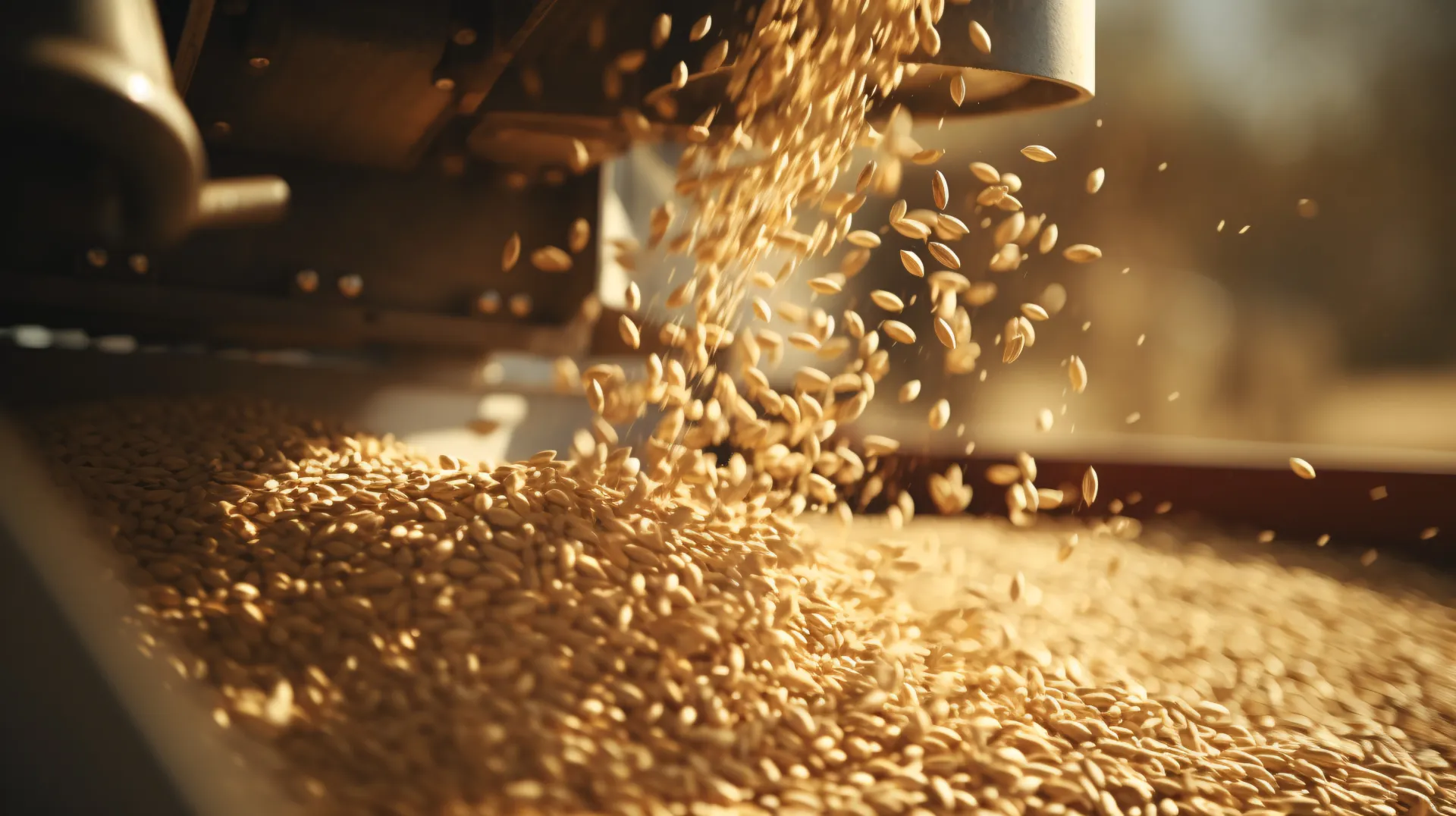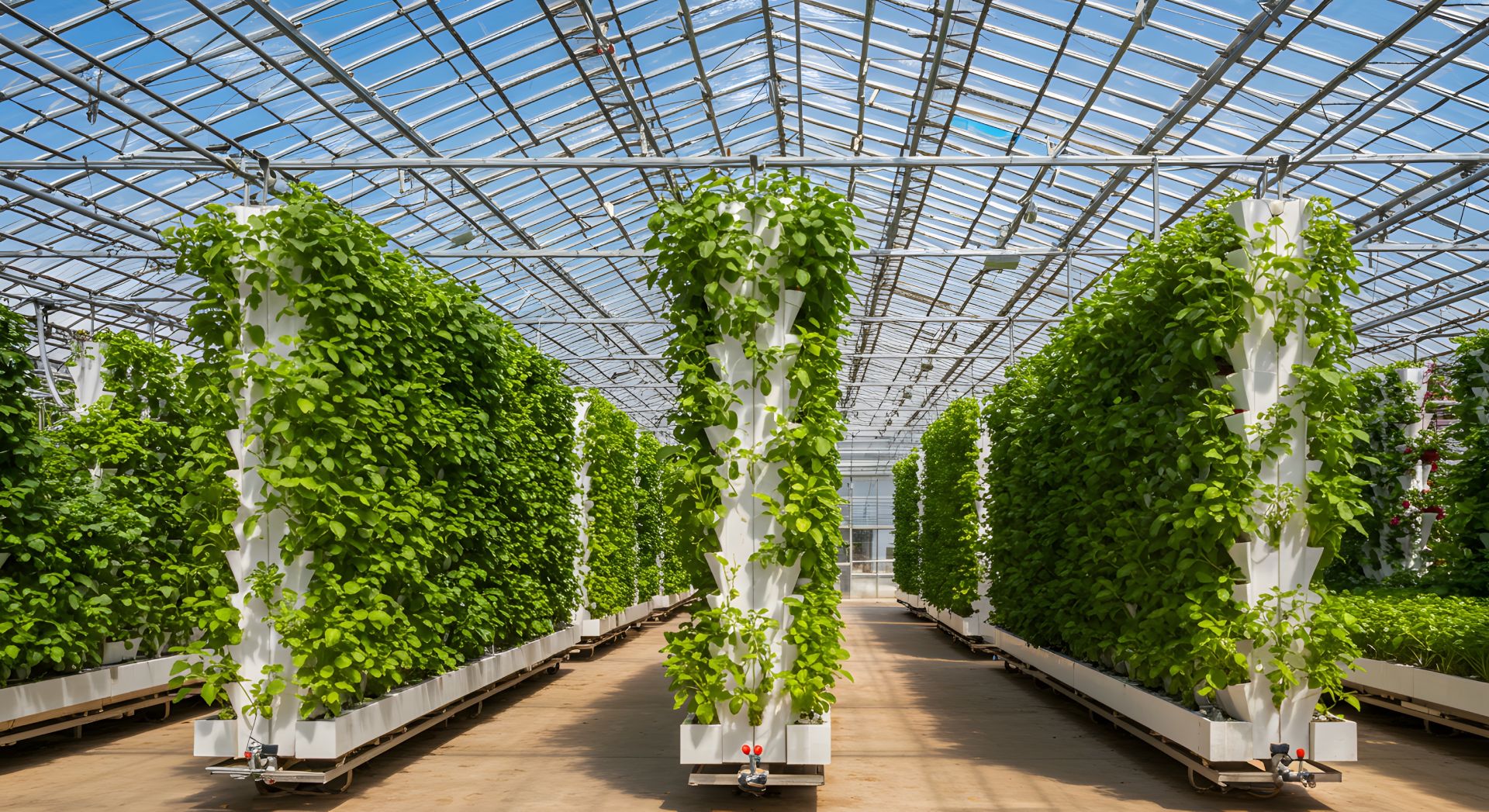Grain storage is a critical aspect of post-harvest management, ensuring the quality and safety of grains until they are ready for sale or use. For UK farmers, choosing the right type of grain store is essential to protect their investment. This article will explore the different types of grain stores, the various grains that need to be stored, and the requirements for effective storage.
Types of Grain Stores
1. Silos
Silos are tall, cylindrical structures made from steel or concrete. They are commonly used for storing bulk grains such as wheat, barley, and maize. Silos are designed to protect grains from pests, moisture, and temperature fluctuations.
- Steel Silos: These are popular due to their durability and resistance to corrosion. They can be customised to include aeration systems that maintain optimal temperature and humidity levels.
- Concrete Silos: Known for their strength and longevity, concrete silos are less prone to damage from external elements. However, they require a larger initial investment compared to steel silos.
2. Grain Bins
Grain bins are similar to silos but are typically smaller and made from corrugated steel. They are used for storing a variety of grains and are particularly effective for short-term storage.
- Flat-Bottom Bins: Ideal for long-term storage, these bins allow for easy aeration and monitoring of grain conditions.
- Hopper-Bottom Bins: Suitable for temporary storage, these bins facilitate easy unloading and cleaning due to their conical bottoms.
3. Grain Sheds
Grain sheds are another form of agricultural building and are a large, open structures that can store grains either in bulk or in bags. These are often used for grains that are less prone to spoilage, such as oats and barley.
- Bulk Storage Sheds: These sheds allow for large quantities of grain to be stored in heaps. They are cost-effective and can be used for a variety of grains.
- Bagged Storage Sheds: Grains are stored in bags within the shed, which helps in maintaining their quality over time and prevents contamination.
4. Warehouse Storage
Warehouses offer a flexible storage solution for grains. They can be customised with temperature and humidity control systems to ensure optimal storage conditions.
- Ambient Warehouses: Suitable for grains that do not require strict temperature control, such as oats and barley.
- Controlled-Environment Warehouses: These warehouses are equipped with climate control systems, making them ideal for storing grains like rice and maize that are sensitive to temperature and humidity changes.
Common Grains and Their Storage Requirements
1. Wheat
Wheat is a staple crop in the UK, and proper storage is essential to maintain its quality.
- Temperature: Wheat should be stored at temperatures below 20°C to prevent mould growth.
- Moisture: The moisture content should be kept below 14% to avoid spoilage.
- Pest Control: Regular monitoring and fumigation are necessary to protect wheat from insects.
2. Barley
Barley is used for animal feed and brewing, making its storage crucial.
- Temperature: Should be stored at temperatures below 15°C.
- Moisture: Moisture content should be kept below 14%.
- Aeration: Proper aeration is important to prevent the build-up of heat and moisture.
3. Maize
Maize, or corn, is highly susceptible to mould and pests.
- Temperature: Should be stored at temperatures below 10°C.
- Moisture: The moisture content should be kept below 13%.
- Aeration: Essential to maintain low humidity levels and prevent mould growth.
4. Oats
Oats are relatively easier to store compared to other grains.
- Temperature: Should be stored at temperatures below 20°C.
- Moisture: Moisture content should be kept below 14%.
- Pest Control: Less prone to pests but regular monitoring is still recommended.
5. Rice
Rice requires specific storage conditions to maintain its quality.
- Temperature: Should be stored at temperatures below 15°C.
- Moisture: The moisture content should be kept below 13%.
- Pest Control: Rice is highly susceptible to insects, requiring regular fumigation.
Key Considerations for Grain Storage
1. Location
The location of the grain store should be easily accessible and away from potential sources of contamination. Proximity to transport links is also beneficial for ease of distribution.
2. Ventilation
Proper ventilation is essential to prevent moisture build-up and maintain grain quality. Aeration systems can help in controlling temperature and humidity levels within the storage facility.
3. Pest Control
Regular inspection and fumigation are necessary to protect grains from pests. Sealed and secure storage facilities can help in reducing the risk of infestation.
4. Monitoring Systems
Investing in monitoring systems that track temperature, humidity, and grain condition can help in early detection of potential issues. This ensures timely intervention and prevents significant losses.
5. Cleanliness
Maintaining cleanliness within the storage facility is crucial to prevent contamination and spoilage. Regular cleaning and sanitisation of storage bins, silos, and sheds can help in maintaining grain quality.
Conclusion
Choosing the right type of grain store is crucial for UK farmers to protect their crops and ensure high-quality produce. Whether opting for silos, grain bins, sheds, or warehouses, understanding the specific requirements for different grains is essential. By considering factors such as location, ventilation, pest control, and monitoring systems, farmers can optimise their grain storage and safeguard their investment.
For more information on building customised steel kit buildings for grain storage, contact us and explore our range of solutions tailored to meet your agricultural needs.








